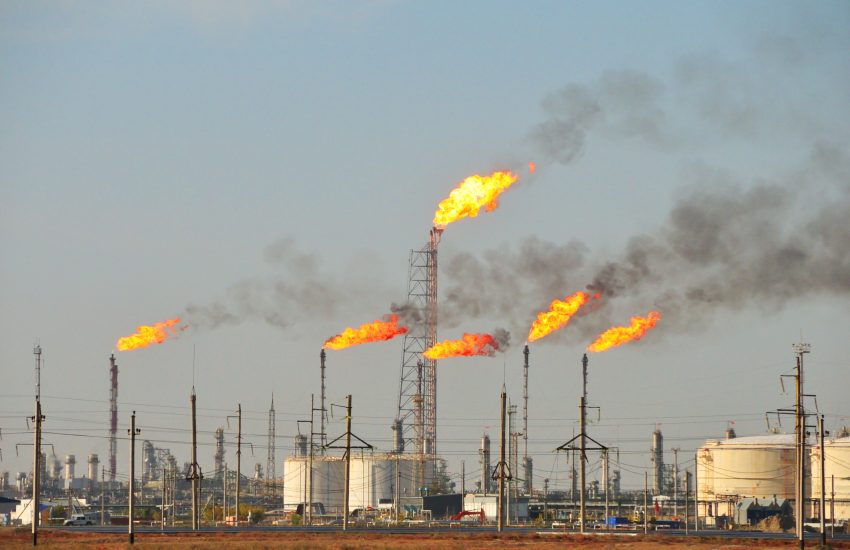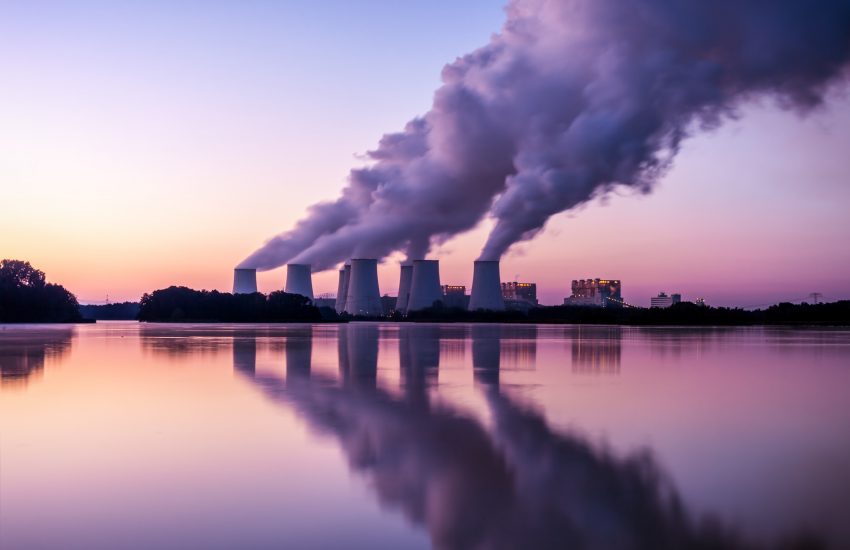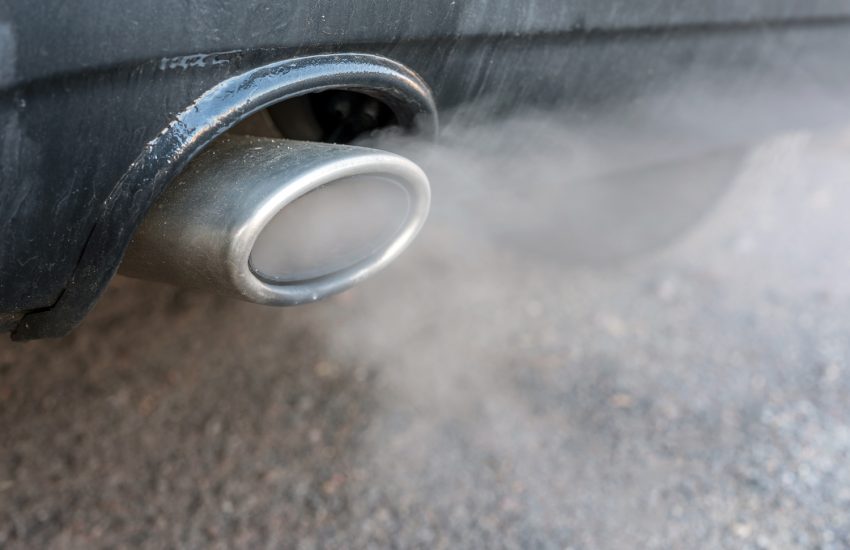Oil and gas manufacturers have long relied on a process known as “flaring” to limit the venting of natural gas from their refineries. Specifically, flaring is the process of burning natural gas escaping from oil and gas wells and aims at combusting the powerful greenhouse gas methane to minimize its emission. Flares are designed to eliminate 98% of the methane that passes through them, and that is the standard amount used when calculating the emissions they create. Burning methane through flaring as it is released thereby converts it to …
Continue Reading









